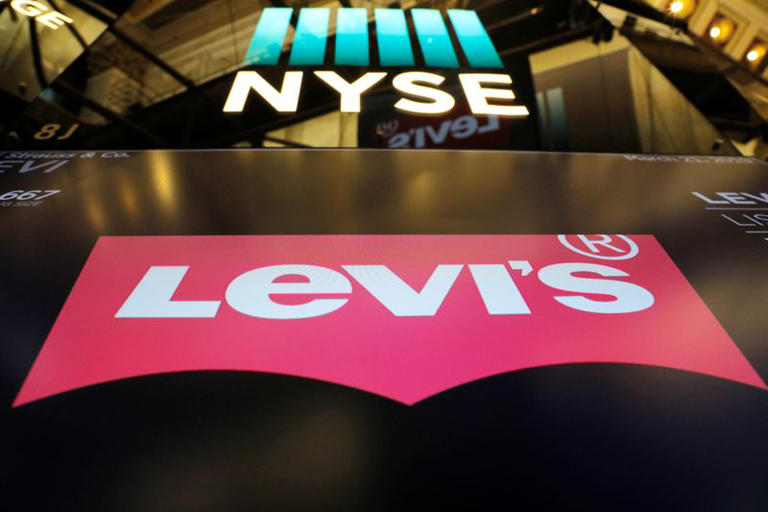Levi Strauss & Co. (NYSE: LEVI) recently reported its fiscal second-quarter results, which revealed a mixed performance that impacted its stock price significantly in premarket trading. Despite slightly missing revenue expectations, the company exceeded earnings forecasts and announced an 8% increase in its dividend to 13 cents per share, marking its first dividend hike in six quarters.
For the quarter, Levi’s reported adjusted earnings per share of 16 cents, surpassing analysts’ expectations of 11 cents per share. However, revenue fell slightly short at $1.44 billion compared to the anticipated $1.45 billion. This revenue increase of approximately 8% from $1.34 billion a year ago reflects an easier comparison due to strategic shifts in wholesale shipments between fiscal quarters.
Harmit Singh, Levi’s CFO, attributed the revenue miss to unfavorable foreign exchange rates and sluggish sales at Docker’s, a brand known for khaki and chinos. Despite the positive earnings beat, Levi’s opted to maintain its full-year guidance, which aligns with market estimates. The company forecasts full-year earnings per share between $1.17 and $1.27, factoring in a 5-cent impact from its new distribution and logistics strategy.
Analysts from JPMorgan noted the earnings beat but expressed caution, highlighting that despite the positive results, the stock had already seen significant gains year-to-date, complicating the market reaction. They suggested that the market was anticipating a beat and potentially a guidance raise, which did not materialize.
Nearly half of Levi’s sales now originate from its own stores and website, reflecting a robust direct-to-consumer (DTC) strategy. DTC sales increased by 8% in the quarter and now constitute 47% of Levi’s total sales. Online sales specifically saw a notable 19% uptick, indicating strong consumer demand through digital channels.
Stifel analysts commented on the DTC trends positively, emphasizing consumer interest in the Levi’s brand. However, they noted ongoing challenges in the wholesale segment, which they believe are hindering overall growth prospects and earnings for the fiscal year.
Overall, Levi’s second-quarter results highlight a complex market response due to mixed financial outcomes despite solid operational performance in key segments like direct-to-consumer sales.
